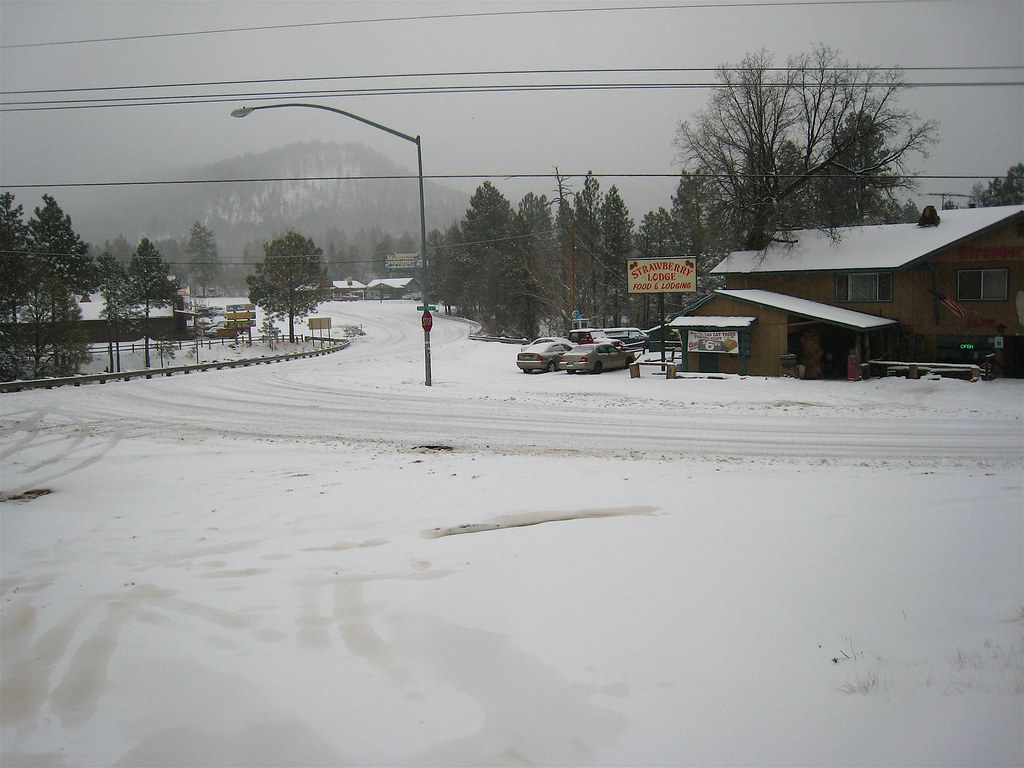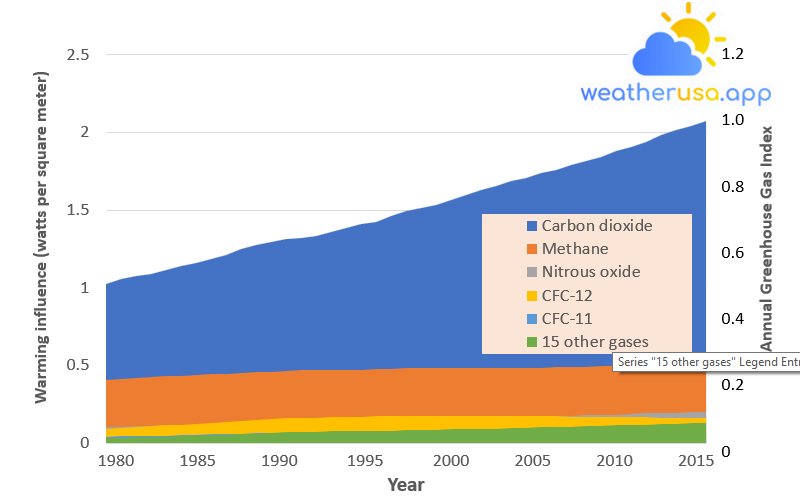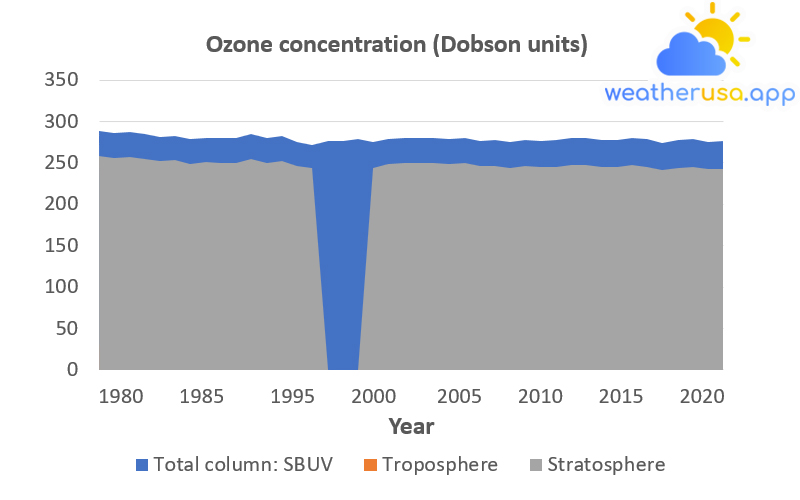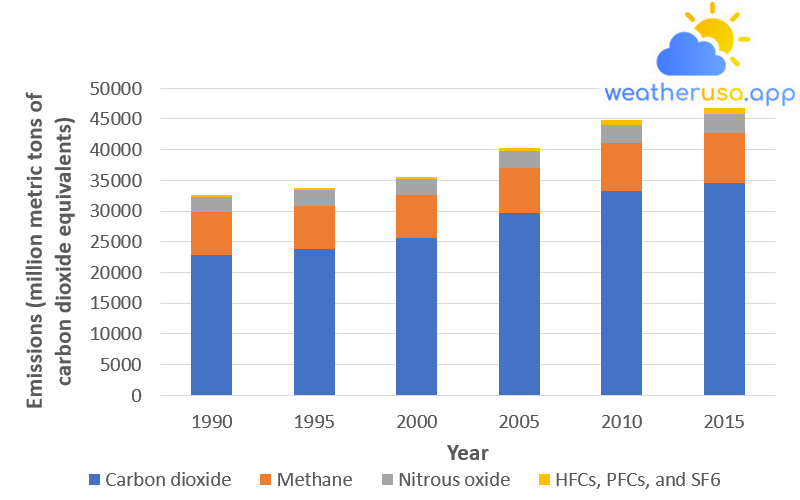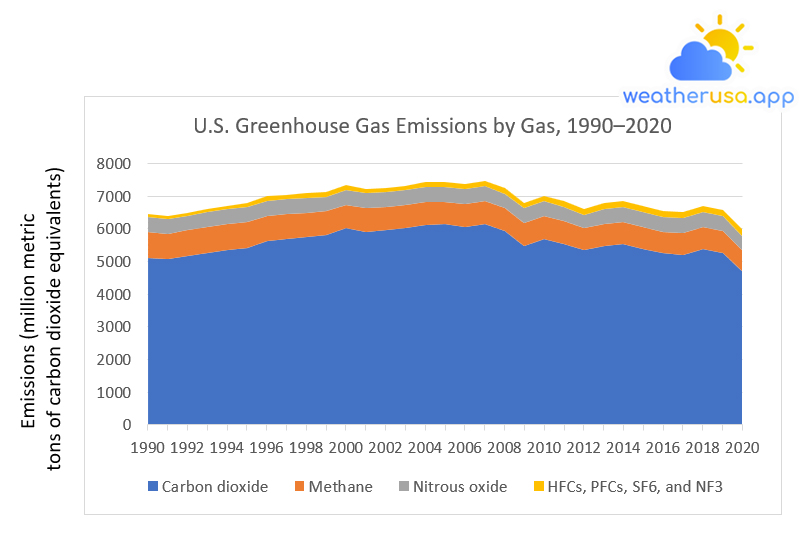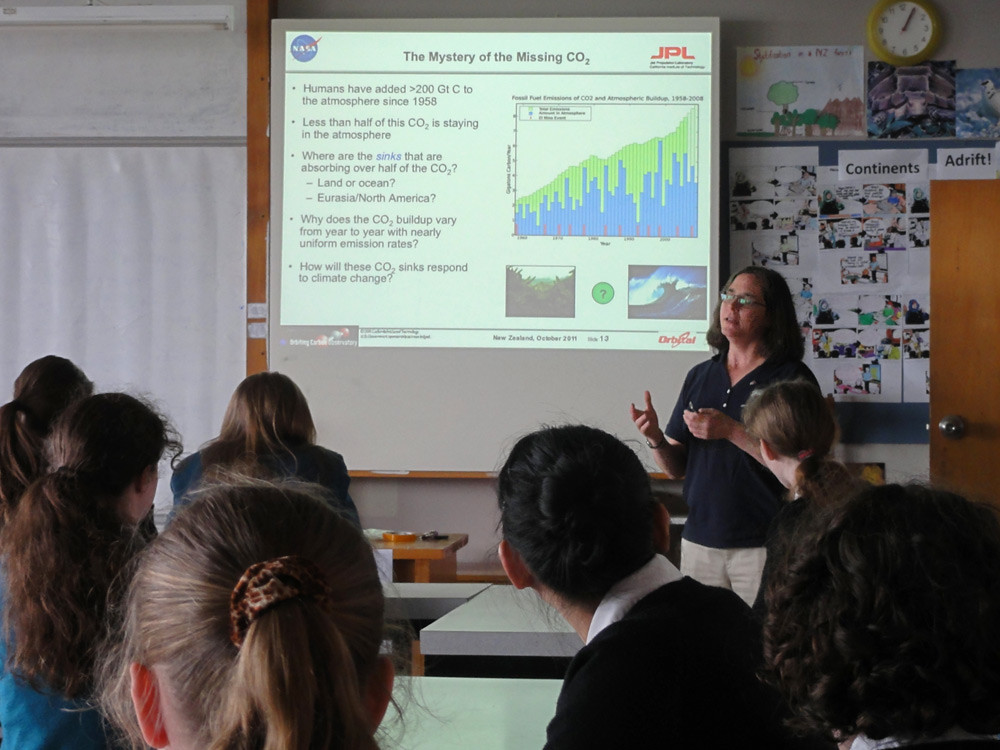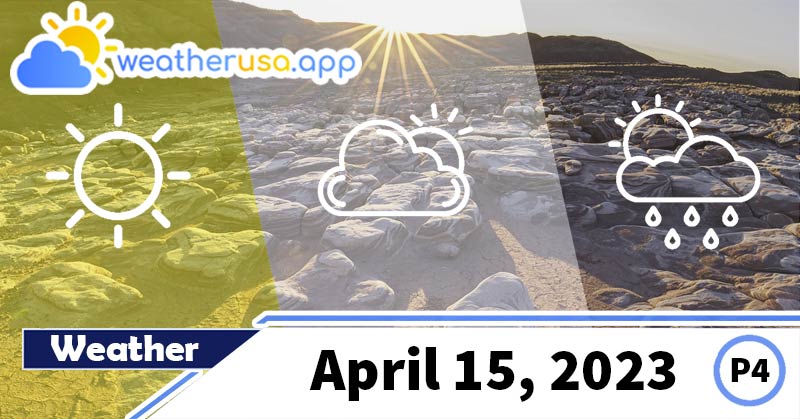Climate Change Indicators
Weather and Climate
Weather and Climate Weather is the state of the atmosphere that describes the degree to which it is, for example, hot or cold, wet or dry, calm or stormy, clear or cloudy. Most weather events occur in the troposphere, the lowest layer of the...
Climate Forcing
Climate Forcing Climate forcing is any factor that influences the Earth’s climate system and drives changes in the global climate. These factors can be natural or human-induced and can positively and negatively impact the Earth’s atmosphere.
Atmospheric Concentrations of Greenhouse Gases
Climate Change Indicators: Atmospheric Concentrations of Greenhouse Gases This indicator describes how the levels of the leading greenhouse gases in the atmosphere have changed over time.Figure 1. Global Atmospheric Concentrations of Carbon Dioxide Over Time
Global Greenhouse Gas Emissions
Global Greenhouse Gas Emissions This index describes greenhouse gas emissions worldwide.Figure 1. Global Greenhouse Gas Emissions by Gas, 1990–2015
US Greenhouse Gas Emissions
Greenhouse gas Greenhouse gas absorbs and emits radiant energy in the thermal infrared range, causing the greenhouse effect. The primary greenhouse gases in the Earth's atmosphere are water vapor, carbon dioxide, methane, nitrous oxide, and ozone. Without greenhouse gases, the average temperature of the Earth's surface would be about −18 °C instead of the current average of 15 °C. The atmospheres of Venus, Mars, and Titan also...
Greenhouse Gases
Climate Change Indicators: Greenhouse Gases A greenhouse gas is a gas that absorbs and emits radiant energy in the thermal infrared range, causing the greenhouse effect. The primary greenhouse gases in the Earth’s atmosphere are water vapor, carbon dioxide, methane,...
